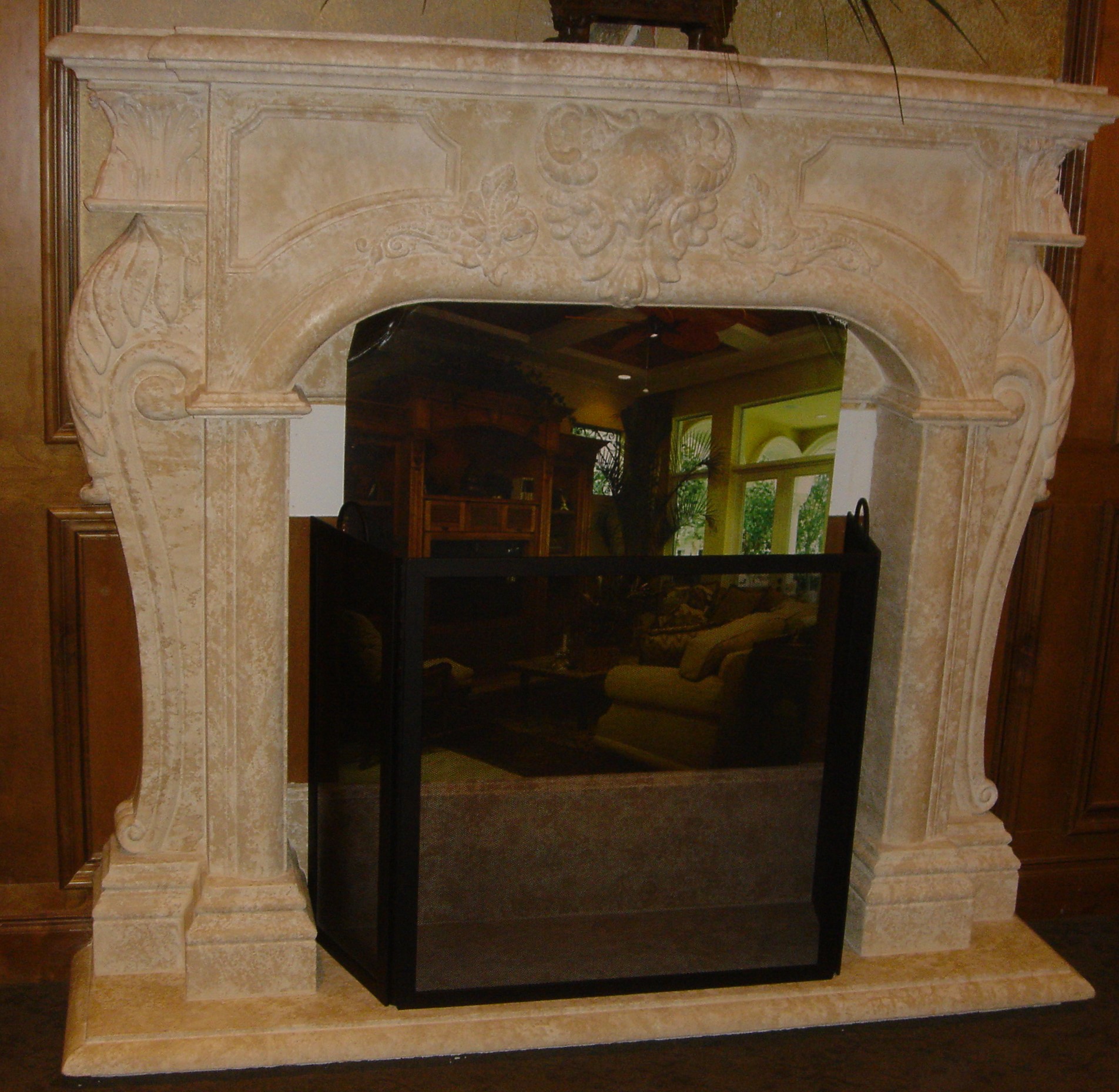
Cultured Marble Vanity Tops.
Table of contents
As an Amazon Associate, I earn from qualifying purchases
This post contains affiliate links. If you make a purchase through these links, I may earn a commission at no extra cost to you.
Introduction
Cultured marble vanity tops are just the tip of a huge iceberg for this type of mix. A Little intro to this product and methods and also the reason I chose this topic is not just because I have personal knowledge. But because it is another very similar form of casting as with other products in other past posts. And it is hidden away with a product name that disguises its real process very nicely.
If you put your creative minds in top gear, using these types of mixes used here, you could create some incredibly beautiful pieces from a quality food-grade silicone mold. I say food grade because I know from experience how hot the exothermic reactions can become.
Cultured marble has been making waves in the construction and design world for many years for its versatility and aesthetic appeal. Unlike its natural counterpart, cultured marble is crafted from a blend of marble dust (calcium carbonate) and resins. And often with other pigments and fillers to achieve a desired look and texture. This gives it an edge in terms of availability and cost-effectiveness. While still being able to mimic the luxurious appearance of natural stone.
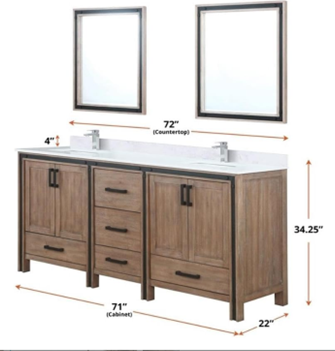
Additional Benefits
One of the standout benefits of cultured marble is how it pairs elegance with practical use. Thanks to its non-porous and stain-resistant properties, it’s commonly seen in bathrooms, where you might find it as vanity tops or shower trays. In kitchens, it isn’t as prevalent as granite or quartz, but you’ll still find it in certain design-forward counters and backsplashes.
Cultured marble is also used in commercial settings, where functionality needs to meet style. Think hotel lobbies, office buildings, or even airports, where large surfaces need to be easy to maintain while still creating a polished look.
What makes cultured marble a practical choice also goes beyond just looks. Its heat resistance and ability to withstand wear and tear make it a reliable material for high-traffic areas. While it may not have the same prestige as natural marble or granite, its adaptability in design, affordability, and ease of maintenance make it a compelling option for many projects.
Composition and Variability: What Makes Up Cultured Marble
Cultured marble starts with a unique mix that’s considerably different from natural stone. At its core, it’s a blend of unprocessed marble dust and liquid polyester resin. This pairing creates the flexible, durable product that many have come to rely on. What this really means for manufacturers and designers is that every piece can be tailored, from color to texture, meeting specific needs without the variance seen in quarried stones.
Different recipes and techniques are tailored to suit various practical or aesthetic needs. Some might lean more heavily on certain minerals to improve durability for commercial wear. While others might focus on resin and pigment types or colors that enhance the sheen for more decorative applications. The key is that these ingredients can be adjusted based on what end product is desired, offering a level of customization that’s hard to beat.
In terms of environmental impact, cultured marble often stands ahead due to its use of by-products from other industries. This reduces waste and utilizes materials that might otherwise be discarded. It’s worth noting, too, that lower emissions during production compared to the quarrying and cutting of natural stone aligns with many modern environmental standards.
One of the reasons many are drawn to cultured marble is the potential for endless variations. Beyond the basic recipe, additives like pigments can be blended in to create a range of color or veining options, making it especially appealing for unique projects that aim to match specific design schemes.
Understanding the composition and variation aspects of cultured marble can aid in making better choices for your projects. Whether the focus is sustainability, aesthetic flexibility, or cost-efficiency, there’s likely a cultured marble option that fits the bill perfectly.
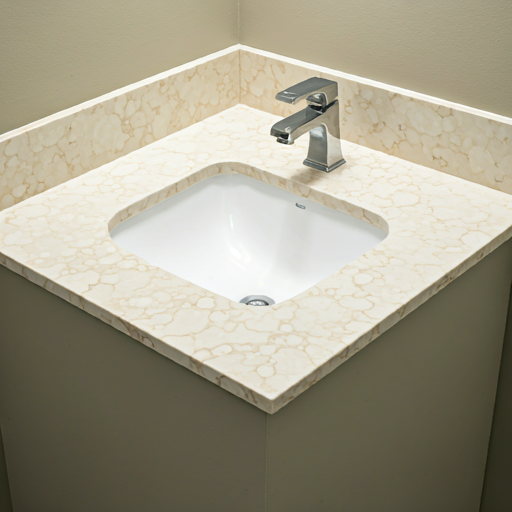
Applications of Cultured Marble: From Custom Projects to Everyday Products
Cultured marble finds its way into a variety of surroundings, where functionality meets stylish design. Its adaptability is remarkable, making it a favorite for custom home projects as well as mass-produced products.
In residential settings, cultured marble is often the material of choice for bathroom vanities, bathtubs, and shower bases. Homeowners love it for achieving a high-end look at a more accessible price and with less maintenance hassle than real marble or granite might require. Its moisture resistance ensures longevity in the damp environments of bathrooms.
The use of cultured marble isn’t restricted to bathrooms. It makes striking impressions in other parts of homes, too. Kitchen countertops, fireplace surrounds, and even flooring have seen designs with this versatile material.
In commercial projects, cultured marble is a strong contender due to its durability and easy maintenance. From countertops and wall panels in offices to decorative wainscoting in hotels.This material can withstand busy environments without losing its aesthetic charm.
Innovative minds continue to find new ways to incorporate cultured marble into designs. It’s used to create bespoke furniture pieces and art installations that require a durable yet elegant medium. As technology in production evolves, so do the imaginative uses of cultured marble.
For those considering projects with cultured marble, it’s wise to think outside the typical uses. This material’s versatility allows you to push boundaries and create spaces that are both functional and visually stunning.
Molding Cultured Marble: The Backbone of Design
Creating cultured marble starts with the mold. Because it dictates the shape, surface and even some aesthetic aspects of the final product. The molds used are typically made from high-quality materials like fiberglass for rigid needs or silicone for the more intricate parts or many times a combination of both. These materials are chosen for strengths or their flexibility and durability. This allows them to capture intricate surface details while withstanding the rigors of repeated use in manufacturing processes.
The construction of these molds requires attention to precision. A mold needs to be impeccably designed, for any imperfections can translate directly onto the surface of the cultured marble. Experienced craftsmen often oversee this part, ensuring that every detail meets high standards. This might include reinforcing the mold structure to handle the weight when moving it or demolding the finished piece, after the curing process of the liquid marble mixture.
Designing The Prototype
The design process involves creating prototypes, often starting with a computer-aided design (CAD) to visualize the final product in 3D. After prototyping, the physical mold is produced, which may involve CNC router machining to achieve a perfect finish. Throughout this journey, practical collaboration between designers and fabricators is crucial to balance the artistic vision with the technical realities of production.
The quality of the mold directly impacts the quality of the cultured marble. Any inconsistency or flaw in the mold can mean defects in the final piece, so investing in robust, detail-oriented mold creation is essential. Quality molds not only ensure a superior finish but also aid in reducing production costs by minimizing wastage due to defective items.
If you’re looking to work with cultured marble, whether in small or super-large pieces. Then consider reaching out to professionals who specialize in making molds. Their expertise can guide you in designing mold structures that maximize the beauty and longevity of your cultured marble pieces. Thus ensuring every project reflects your vision perfectly.
Integrating Blockouts: Fitting the Pieces Together
When dealing with cultured marble installations, incorporating block-outs is a crucial step. These are essentially spaces or voids to form holes within the mold design to accommodate elements like drains, waste fittings, and faucets. This consideration in the early design stages is vital to ensure seamless integration and functionality in the final product. So all details and sizes of these pieces need to be known so they can be drawn into the design before any proto type work is begun.
Creating block-outs requires a combination of precision and foresight. CAD technology often assists designers in mapping out where these elements will fit within a given design. The process includes deciding the exact dimensions and placements, allowing for hassle-free installation once the piece is finished. In many cases there are several different sizes or versions of these block-outs drawn up to accommodate different faucet or other integral parts in the configurations
Various materials are used to create blockouts, often the same sturdy materials that form the primary molds, like silicone or cast resin plastic parts. These blockouts need to be both durable and exact, sitting perfectly within the mold without disrupting the surface or integrity of the cultured marble piece.
Placement is a science in itself. Misalignment during the production phase can cause significant setbacks in the installation process, potentially requiring tedious labor-intensive corrections or adjustments. That’s why attention to detail and a strong understanding of the end-use application are keys to getting it right from the onset.
Throughout the process, it’s beneficial to work with experienced professionals who understand both the artistic elements of cultured marble and the technical demands of fitting various fixtures and fittings perfectly. This dual expertise ensures that every piece not only looks impressive but also functions flawlessly within its intended space.
Preparing and Pouring Imitation Cultured Marble
Mold Preparation:
Before pouring the imitation cultured marble mix, the mold must be thoroughly prepared. Begin by applying a generous coat of release wax to the entire mold surface. This prevents the mixture from adhering too strongly, making it easier to remove the finished product. Once the release wax is dry, a clear gel coat layer is applied. The gel coat provides a smooth, even surface for the marble mix and enhances the final appearance.
Body Coat Preparation and Pouring:
The body coat, a thicker mixture of resins, calcium carbonate, and other materials, is carefully mixed to ensure a uniform consistency. The desired colors and additives are incorporated into the mixture. Time is normally critical from the time of mixing and the working time. Retarders added to your mix can help with this.
There are two primary methods for creating the marbled effect:
- In-Mold Marbling: The body coat is poured into the mold in a series of layers. As each layer is poured, a marbling tool may be used to create swirls and patterns.
- Pre-Marbled Mixture: The desired colors are gently swirled together in the bucket containing the mixed body coat. The pre-marbled mixture is then carefully poured into the mold, allowing the swirls and patterns to form naturally as it settles.
After the body coat has been poured and the marbling effect has been achieved, the mixture is allowed to cure completely. The curing time varies depending on the specific materials used and the ambient temperature. Once cured, the finished product can be removed from the mold.
Final Touches: Polishing and Perfecting Cultured Marble
Once the cultured marble has taken shape and solidified, achieving that perfect finish involves some detailing processes. The surface needs to be refined to bring out its inherent beauty and add an extra layer of protection. This normally involves buffing and waxing the outer surface of the clear gel coat that was applied in your mold earlier
Various tools come into play, from simple hand sanders for smaller areas to industrial polishing machines for larger surfaces. To obtain a fine polish, giving the cultured marble its recognizable glossy appearance.
Quality control checks after finishing are essential to catch any imperfections that slipped through. This step involves inspecting the pieces closely, and separates an adequate piece from an outstanding one.
Getting the right finishing touches not only enhances the product’s beauty but solidifies its standing as a durable, long-lasting choice for homeowners and businesses alike. For those working with cultured marble, consider collaborating with specialists in the modelling stages. This contributes to a streamlined finishing process with less work towards a guarantee that every piece shines brilliantly.
Essential Toolkit: Tools and Materials for Crafting Cultured Marble
Creating cultured marble requires a well stocked toolkit and an array of specific materials. Whether you’re handling a straightforward project or something more elaborate. Assembling the right tools from the start will set you up for a smoother production process and an enhanced final product.
Among the basic must-haves, a reliable set of mold forms the foundation. Next, you’ll want mixing equipment—bucket mixers or industrial paddle mixers—to ensure an even consistency of the marble mixture. The uniformity here is crucial for both aesthetic appeal and the finished integrity.
A suitable workbench with a good surface, enough room to move around. And a good working height makes working on, preparing and pouring your piece far easier.
Safety And Other Equipment
Don’t overlook the safety gear just because cultured marble seems less menacing than other materials. Protective gloves, safety goggles, and masks protect against dust and chemical exposure during mixing, pouring and polishing.
On the materials front, you’ll need a steady supply of marble dusts and 2-part liquid polyester resin, which form the core of your cultured marble blend. Depending on your desired finish, you might need different pigments for coloring and clear gel coats to produce and protect the polished surface.
Polishing tools are equally important: from handheld sanders and buffing machines, these tools bring the desired sheen to life. It’s worth investing in high-quality polishing compounds and pads, as they make a noticeable difference in the final outcome.
In crafting these masterpieces, having access to CAD software can be beneficial for mold design and making, especially when incorporating different block-outs for fixtures.
Lastly, a good resource network for obtaining these materials and tools is invaluable. Building relationships with suppliers can ensure you have access to the best resources and stay updated on new equipment innovations. Whether you’re a seasoned professional or just starting, making small decorative elements or large vanity tops, having the right tools and materials not only ensures quality results but also streamlines the creation process.
We hope you find the information useful, but if you have any questions or need help, send us a message. You do have to sign in and confirm these days to comply with government rules. Sorry for the inconvenience.
Author Rob




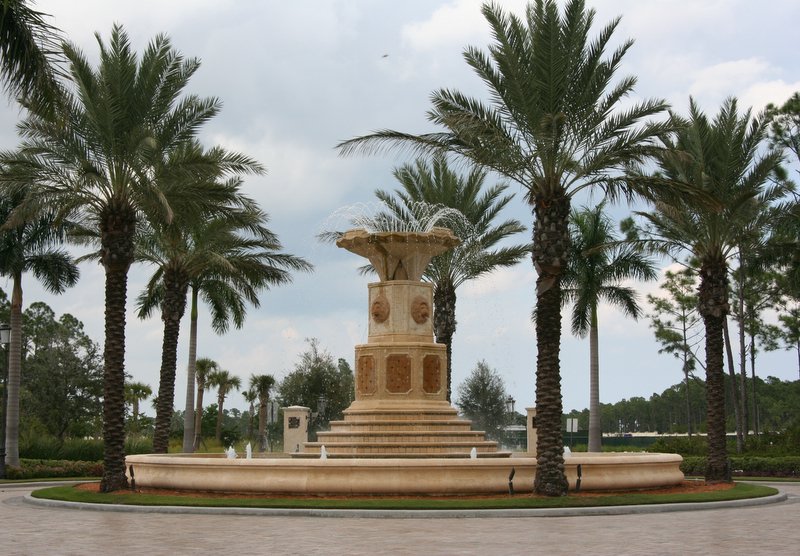
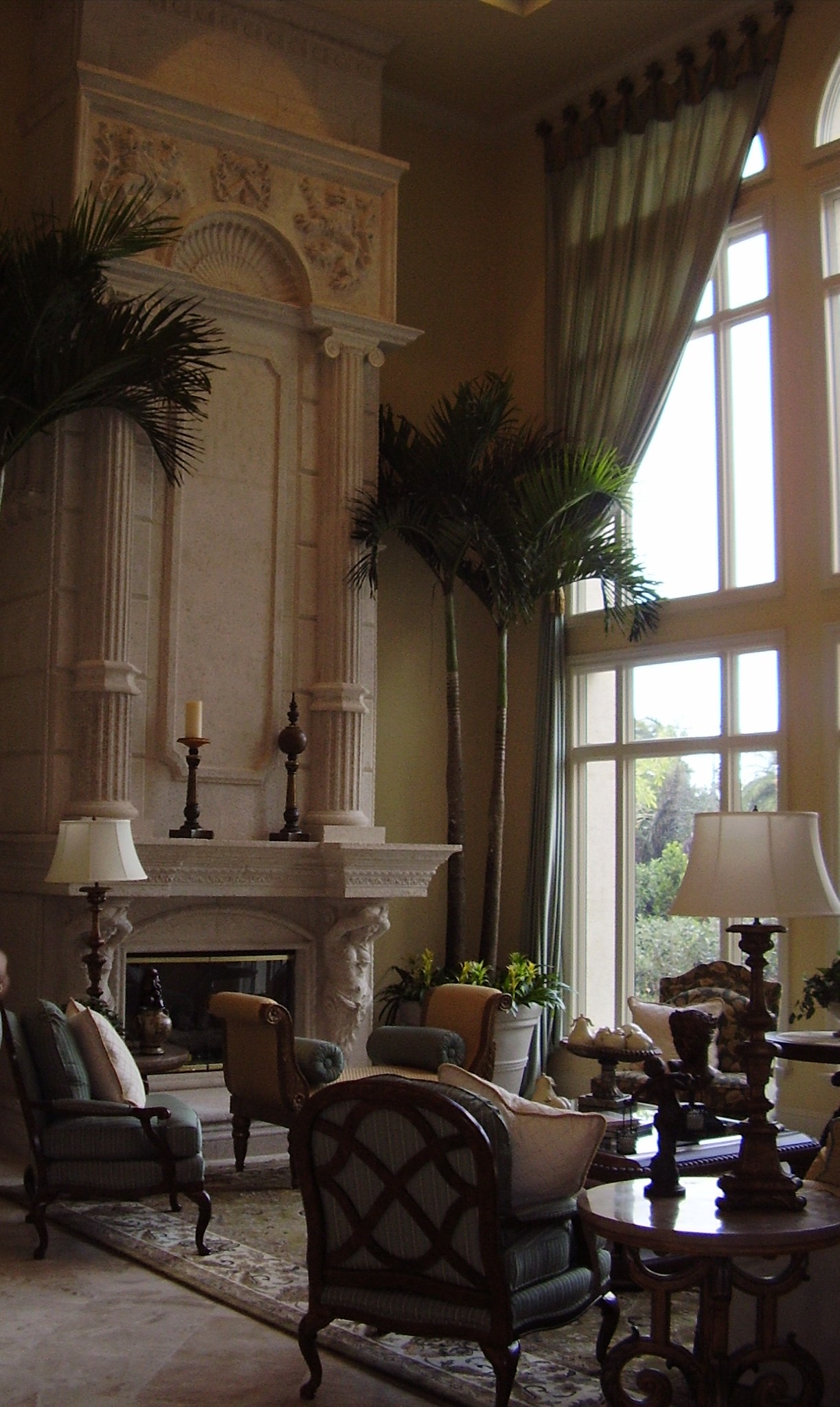
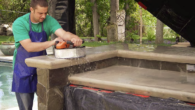
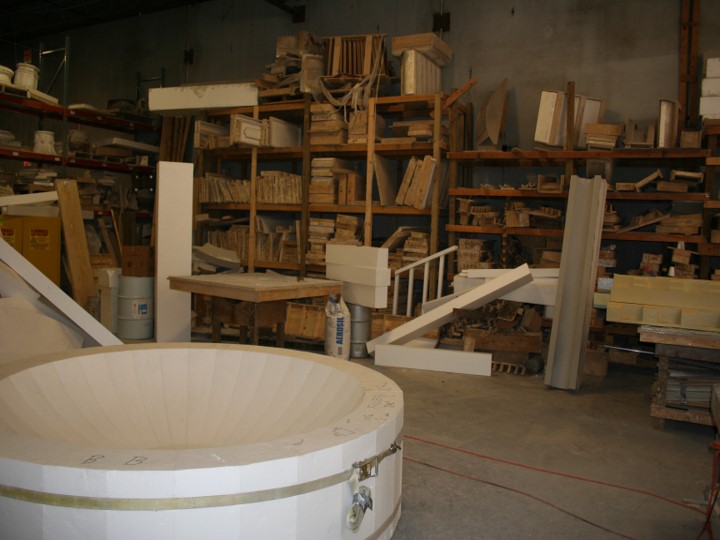
I lived in Italy for many years where marble was used for generations to create elegant and stylish interiors. But marble is expensive, and as it is porous, can be prone to damage, specially in kitchens. So it is great to see that cultured marble can be used to replace real marble.
By using marble dust, it helps to reduce waste. But I do wonder how eco-friendly and sustainable cultured marble is if it is using polyester resin, as polyester is derived from petrochemicals, which is not sustainable. It would be interesting to know if recycled polyester can also be used to make cultured marble, thereby making it more sustainable.
Hi Line,
A valid point, and I am sure in the not-to-distant future a suitable or alternate resin will be found. But at least now it is one way to use the mountains of byproducts of marble cutting and fabrication.
Rob
This was such a surprise to read. I enjoyed the topic immensely. So I’ve learned something very new to me. I had no idea that such an amazing craft existed and it’s not new. It really appeals to my senses as something I’d love to explore and try on my own. I realize the process is used mostly for commercial and residential settings, like countertops, bathroom shower bases, etc.but the idea of creating marble that you can make is so appealing and then to have it look pretty much however you want, from creating detailed and precise molds, and then to be able to incorporate a vast variety of colors. I’d love to learn how to make small cultured marble products, for example lamps and creative lighting fixtures, to small pieces of art.
Also, just to mention the making of cultured marble is environmentally friendly, using materials and by-products that already exist and it’s crafted with less emissions, therefore I assume there is less dust in the the production than in cutting real marble, which I understand is a huge health hazard for the workers in the marble industry. The fact that cultured marble is also easy to maintain and is very durable makes it very appealing. Thanks so much for the detailed information on such a rewarding craft.